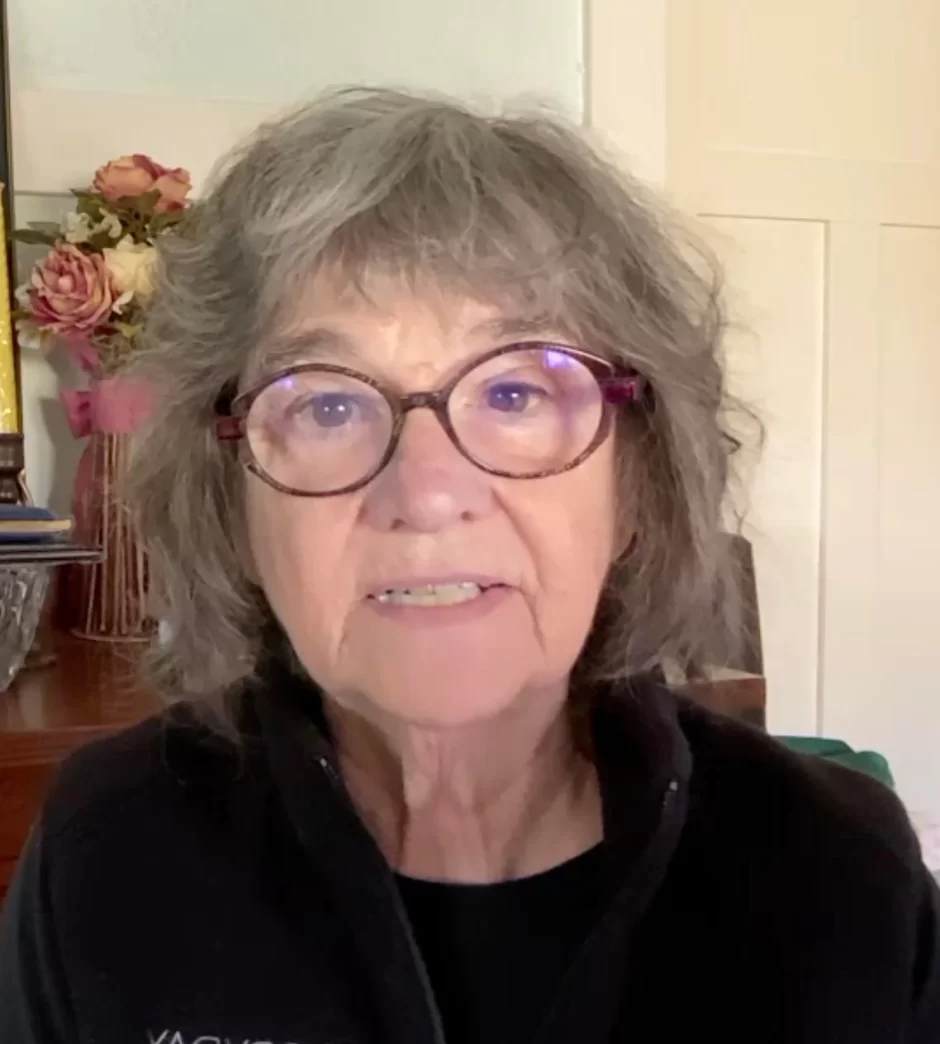Stories from
The San Diego Union-Tribune
1. Falls
Description: This analysis of county and national emergency room statistics revealed an alarming spike in falls not just in the so-called elderly, but in younger adults or “baby boomers” who are getting seriously injured, perhaps because they behave as if they still think they’re 30.
Headline: Falling feared as baby boomers age
Experts try to raise awareness about everyday hazards in the home, elsewhere
Page: A-1
Date: April 24, 2008
Weblink: http://www.signonsandiego.com/uniontrib/20080424/news_1n24falls.html
2. Coverage Initiative
Description: County health officials won $39 million in state funds to provide care for low-income diabetes and hypertension patients. But then, county officials failed to promote the program, apparently because they worried that when the program ended in three years, county funds would have to absorb the program’s costs. Instead of enrolling 3,600 each year, the county had enrolled only 95 patients nearly a year later.
The effort was designed to manage patients whose conditions would otherwise worsen, and require expensive, taxpayer supported care in the emergency department. After the embarrassing story and public outrage, county officials dramatically stepped up recruitment.
Headline: U-T SPECIAL REPORT: County may lose health aid for poor
$13 million for treating diabetes, hypertension is going mostly unused.
Page: A-1
Date: May 10, 2008:
Weblink: http://www.signonsandiego.com/news/metro/20080510-9999-1n10coverage.html
3. County Medical Services Program for medically indigent adults, “the working poor”
Description: Starting in May of 2005, this issue launched a series of more than a dozen stories that tracked how poverty lawyers won a string of judgments against the county. The litigation established that the Board of Supervisors violated state law by denying health care to the working poor. The program at the lawsuit’s filing was documented as the worst, most restrictive one of any county in the state, despite the high cost of living.
The class action proved that the county’s administration of the County Medical Services program improperly excluded patients with serious illnesses simply because they made too much money. In the beginning, that figure was $801 a month.
The county’s denial caused numerous patients’ illnesses to progress to the point where once-treatable conditions became fatal and untreatable.
Judges over the subsequent three years forced the county to change its policy and raise the limit again and again, but each time, the county’s action failed to pass muster.
Headline: Uninsured fight for lifeline | Patients shut out of county assistance program sue for coverage
Page: A-1
Date: May 5,. 2005
Weblink: http://www.signonsandiego.com/uniontrib/20050505/news_1n5insure.html
4. Black henna tattoos
Description: Rash of skin problems discovered in children with black henna tattoos.
Headline: HEALTH
Doctors warn of skin problems from black henna
Page-A-1
Date: Aug. 12, 2008
Weblink: http://www.signonsandiego.com/news/metro/20080812-9999-1n12henna.html
5. Scripps Mercy Hospital
Description: Scripps Mercy Hospital is threatened with loss of federal funds after health investigators find multiple problems and one preventable death.
Headline: Probe finds shortcomings at Scripps Mercy facilities
Page: A-1
Date: Aug. 20, 2008
Weblink: http://www.signonsandiego.com/news/metro/20080820-9999-1n20scripps.html
6. Sharp Grossmont Hospital
Description: Federal officials discovered Sharp Grossmont Hospital caused three patients to die because of mistakes and lack of proper procedures. A related story alleged the hospital tried to cover up a fourth death in a man whose breathing tube was improperly readjusted, thereby blocking his airway.
Headline: State cites preventable deaths in report on Sharp Grossmont
Page: A-1
Date: July 30, 2008
Weblink: http://www.signonsandiego.com/news/metro/20080730-9999-1n30sharp.html
7. Heart Attacks. (ST-Segment Elevation Cardiomyopathy)
Description: When this investigation began, paramedics took heart attack patients to the nearest hospital, regardless of whether it had cardiologists or catheterization labs available to rapidly save lives. This resulted in avoidable deaths. This story exposed the fumbled delays and prompted the launch of a system that required hospitals to document their 7/24 heart treatment capabilities to qualify to receive such patients. Getting shut out of this system would mean loss of revenue, so most hospitals stepped up to the plate.
Headline:
U-T SPECIAL REPORT
Beating the clock
Page: A-1
Date: May 7, 2006
Weblink: http://www.signonsandiego.com/uniontrib/20060507/news_1n7heart.html
8. Stroke
Description: Stroke patients now get taken to the closest hospitals, not to those with ready CT machines and qualified neurologists. A UCSD stroke expert sticks his neck out to vociferously argue why this practice must change.
Headline: UCSD stroke expert seeks local system for better care
Page: B-1
Date: Sept. 25, 2008
Weblink: http://www.signonsandiego.com/news/health/20080925-9999-1m25stroke.html
9. Syphilis Rates Highest in San Diego County
Description: This story chronicled the county’s inability and allegedly misguided efforts to get spiraling syphilis rates – said to be the highest in the state – under control.
Headline: Syphilis cases up sharply in county | STD prevention, education efforts to be heightened
Page: A-1
Date: Mar 26, 2008
Weblink:
http://www.signonsandiego.com/news/metro/20080326-9999-1n26syphilis.html
10. High Risk Medication Errors
Description: This story tracked a nearly unprecedented effort in which officials at many hospitals that normally compete with each other tried to establish a uniform coding system to avoid errors that frequently occur with high risk intravenous medications, the most common cause of hospital-caused deaths.
Headline: A cure for medication mistakes | Local health care experts crafting system to reduce dosage errors
Page: A-1
Date: Nov. 13, 2006
Weblink:
http://www.signonsandiego.com/news/metro/20061113-9999-1n13errors.html
